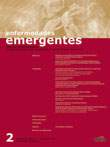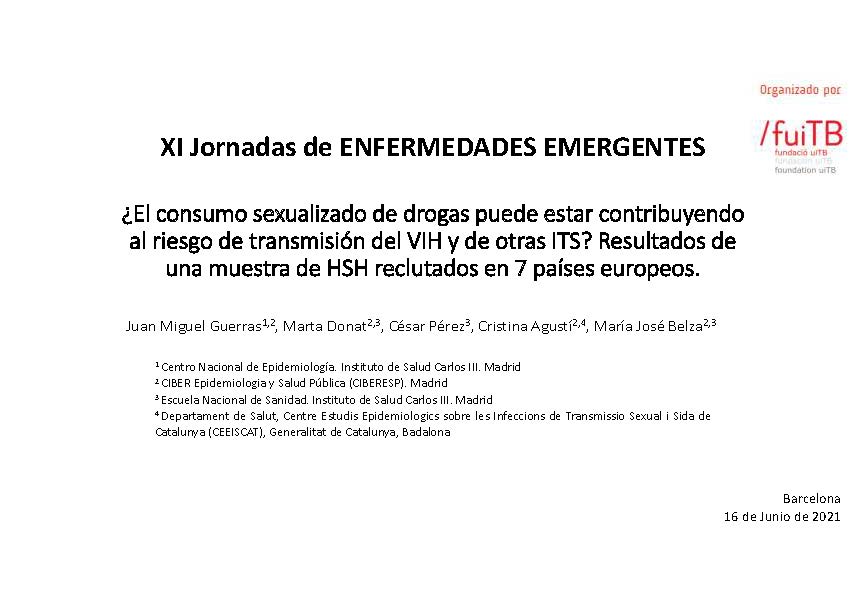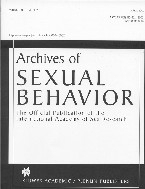Resum
Background: In recent years, in Europe, there has been a growing concern about the use of sexualized drugs among men who have sex with men (MSM), due to its possible link to an increase
in sexually transmitted infections. The aim of this review is to study the prevalence of chemsex, and the sexualized drug used in Europe, describing both different consumption patterns and other
sexual behaviors considered risky and their possible relationship with positivity in diagnoses of sexually transmitted infections, including human immunodeficiency virus. Methods: We conducted
a literature review in the main scientific databases (PubMed, Embase, Scopus, Cochrane Library, Web of Science), filtering for articles published between January 2018 and April 2023 that collect
information on sexualized drug use and sexual practices conducted in European countries among men who have sex with men, including whether these behaviors can lead to diagnoses of sexually transmitted infections. Results: The definition of drugs included in chemsex is not clearly defined and shows heterogeneity between study publications; the three drugs presented in all manuscripts are mephedrone, GHB/GBL, and crystal methamphetamine. The prevalence of chemsex in Europe
is 16% [11–21%] among MSM. The most frequent risky sexual behavior associated with chemsex practice was unprotected sex with a high number of partners. The log risk ratio of STIs was 0.86
(95% CI: 0.49 to 1.23). Conclusions: Adherence to definitions, stringent research methodologies, and focused interventions are needed to tackle the intricate relationship between substance use, sexual behavior, and the risk of HIV/STI transmission in MSM.






